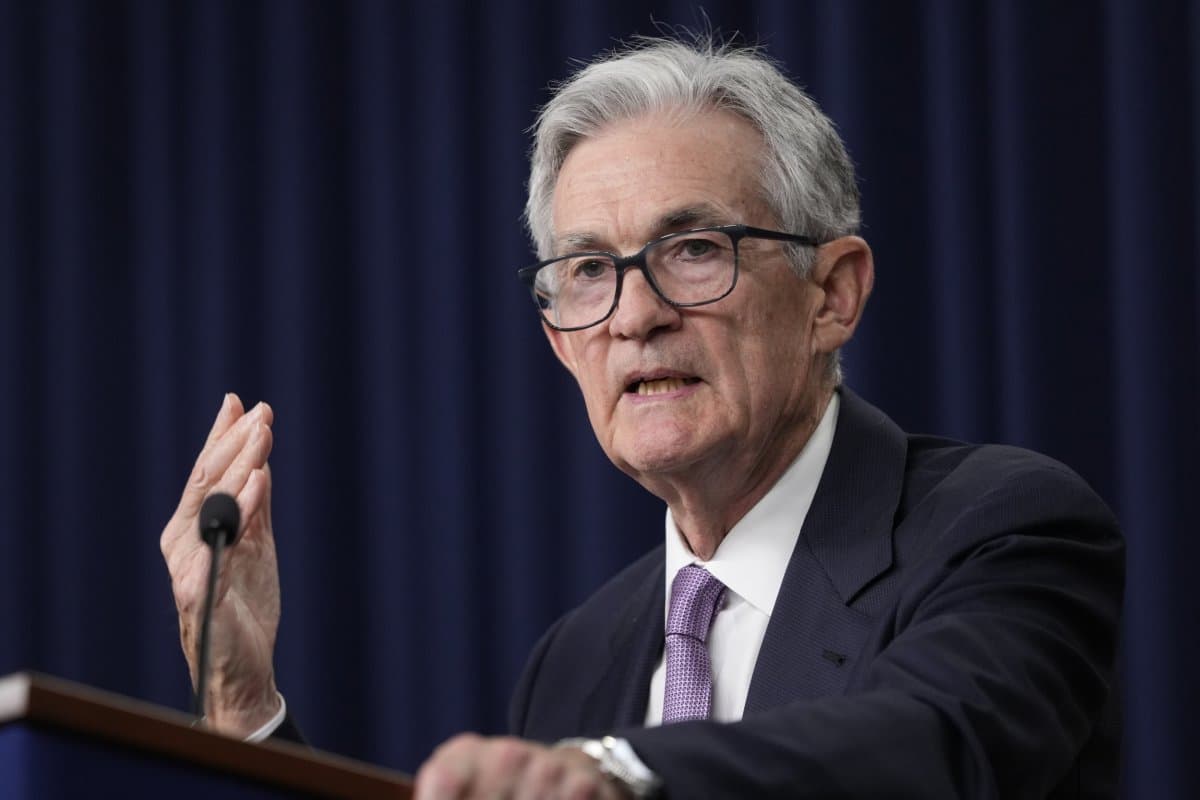The number of Americans filing for unemployment benefits surged to 258,000 last week, the highest level in over a year.
Analysts attribute this spike primarily to the impact of Hurricane Helene rather than a broader downturn in the labor market.
The Labor Department reported Thursday that jobless claims jumped by 33,000 for the week of October 3, far exceeding the level of 229,000 that analysts had predicted.
The sharp rise in claims was largely concentrated in states hardest hit by the hurricane, such as Florida, North Carolina, South Carolina, and Tennessee. Although jobless claims are often considered an indicator of layoffs in the U.S., they can be volatile and are frequently revised.
Newsweek has reached out to the Labour Department for comment via email.

A hiring sign is displayed at a restaurant in Buffalo Grove, Ill., Tuesday, Oct. 8, 2024. The number of Americans filing for unemployment benefits last week jumped to their highest level in a year, the Labor Department reported on Thursday.
Nam Y. Huh/AP Photo
The four-week moving average of jobless claims, a metric used to smooth out fluctuations, rose by 6,750 to 231,000. Meanwhile, the total number of Americans receiving unemployment benefits increased by 42,000, reaching about 1.86 million for the week of September 28, marking the highest level since late July.
Some recent data has suggested that high interest rates may finally be affecting the labor market.
In response to weakening employment figures and cooling consumer prices, the Federal Reserve cut its benchmark interest rate by half a percentage point last month. This marked the Fed’s first rate cut in four years, following a series of hikes in 2022 and 2023 that pushed rates to a 20-year high of 5.3 percent.
The Fed’s decision to reduce rates reflects a shift in focus from controlling inflation to supporting the job market. Federal Reserve Chair Jerome Powell has indicated that inflation is nearing the central bank’s 2 percent target, calling it largely under control. The goal now is to achieve a “soft landing,” reducing inflation without triggering a recession.

Federal Reserve Board Chairman Jerome Powell at a news conference in Washington, Sept. 18, 2024. New data suggests inflation has retreated steadily, approaching the Fed’s 2 percent target, leading Powell to declare it was largely under control.
Ben Curtis/AP Photo
In a separate report released Thursday, the government revealed that U.S. inflation had fallen to its lowest level since February 2021. Despite concerns over the labor market, the broader economic picture remains mixed.
Earlier in the year, jobless claims averaged around 213,000 per week, but they began to rise in May, reaching 250,000 in late July. This was seen as evidence that high interest rates were cooling the previously overheated labor market. In August, the Labor Department revised job growth figures, reporting that 818,000 fewer jobs had been added from April 2023 through March 2024 than initially estimated.
However, despite signs of a slowdown, U.S. employers added a surprising 254,000 jobs in September, far exceeding expectations and offering some reassurance about the strength of the labor market.
This was a significant increase from the 159,000 jobs added in August. Moreover, after rising earlier this year, the unemployment rate dropped for the second consecutive month, from 4.2 percent in August to 4.1 percent in September.
This article includes reporting from the Associated Press






